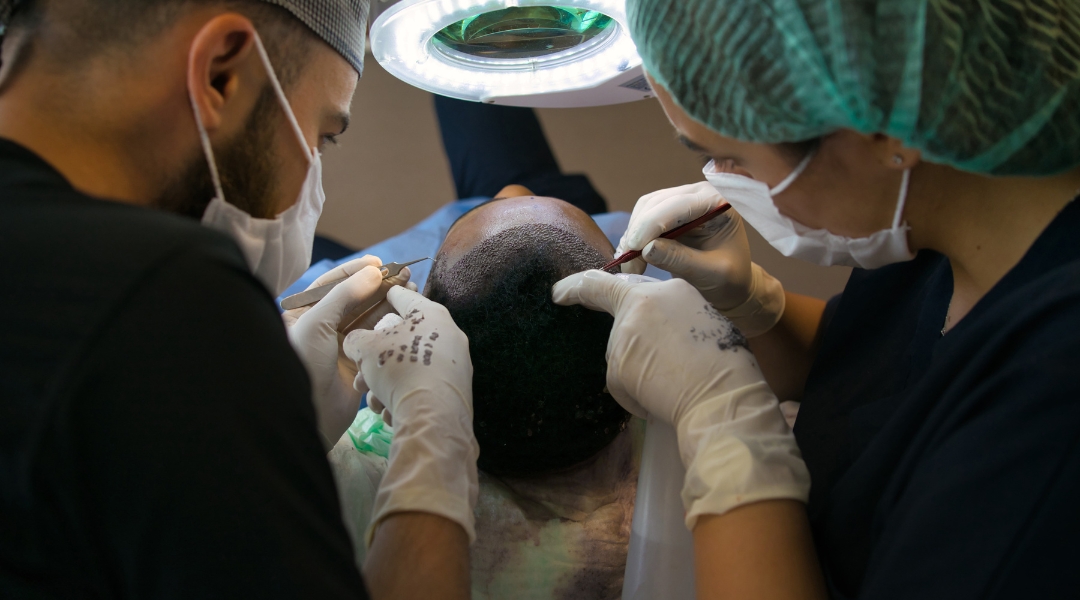In today’s society, where appearance can be closely tied to self-confidence, hair transplants have emerged as a popular and effective solution for millions of people facing hair loss. Hair transplantation is a medical procedure that involves removing hair follicles from one part of the body and transplanting them to a bald or thinning area. But where did this innovative procedure originate, and how has it evolved over time? This blog post aims to unveil the historical journey of hair transplantation, tracking its evolution from a rudimentary practice to the refined and effective treatment it is today.
The Origins: Early 20th Century
The origins of hair transplantation can be traced back to Japan in the early 20th century. Dr. Okuda, a Japanese dermatologist, is often credited with pioneering the concept of hair transplantation. In the 1930s, he published a groundbreaking report where he used small grafts – similar to the ones used in modern procedures – to restore the hair of patients who had suffered from burn injuries. Unfortunately, his work remained largely unrecognized until much later due to World War II.
The 1950s: Birth of Modern Hair Transplantation
Fast forward to the 1950s, and we find the birth of modern hair transplantation in the United States. New York dermatologist Dr. Norman Orentreich is often hailed as the father of modern hair transplantation. In 1952, he conducted the first known hair transplant in the U.S., effectively transplanting hair from the back and sides of the head to the balding areas. This introduced the concept of ‘donor dominance’, which suggests that hair retains the characteristics of the donor site, even when transplanted to a different area.
The 1980s: Refined Techniques and Better Results
In the initial years, hair transplantation was characterized by the use of large grafts, which led to an unnatural and ‘pluggy’ appearance. However, during the 1980s, physicians began to adopt more refined techniques. Dr. Limmer introduced the use of a stereo-microscope to prepare smaller grafts, which allowed for a more natural look. This was the beginning of the transition from larger grafts, often referred to as ‘plugs’, to smaller, more refined follicular units.
The 1990s: The Follicular Unit Revolution
The 1990s saw another major advancement – the introduction of Follicular Unit Transplantation (FUT). This technique, popularized by Dr. Bernstein and Dr. Rassman, involves removing a strip of hair-bearing skin from the donor area, dissecting it under a microscope into individual follicular units, and then transplanting these units into the recipient sites. This method allowed for more precise and natural-looking results than previous techniques.
The 2000s and Beyond: The Rise of FUE
The turn of the century marked the widespread adoption of a technique called Follicular Unit Extraction (FUE). Unlike FUT, where a strip of skin is removed, FUE involves the direct extraction of individual follicular units from the donor area and their subsequent implantation into the balding region. This technique, which minimizes scarring and offers a faster recovery time, has rapidly become one of the most popular hair transplant methods globally.

The Present Day: Technological Advances and Greater Accessibility
Today, hair transplantation is more advanced and accessible than ever. New technologies, such as robotic-assisted FUE (ARTAS), have emerged, allowing for even more precise and efficient procedures. Additionally, Platelet-Rich Plasma (PRP) therapy and laser treatments are often used in conjunction with hair transplants to promote healthier and faster growth of transplanted hairs.
Moreover, the stigma surrounding hair transplantation has significantly reduced, and the procedure has become more commonplace, thanks in part to growing awareness and endorsements by high-profile individuals.
The Future: Personalized and Regenerative Medicine
As we look to the future, hair transplantation is set to evolve further, with an increasing focus on personalized and regenerative treatments. Researchers are investigating methods to clone hair follicles or use stem cells to grow new hair, which could provide an unlimited supply of donor hair for transplantation.
From its modest beginnings in the early 20th century to the highly sophisticated procedures available today, hair transplantation has undergone a remarkable journey of evolution. With each passing decade, the practice has seen refinements and innovations that have made the procedure safer, more effective, and more natural-looking.
As a company performing hair transplants, we are proud to be part of this rich history and are committed to staying at the forefront of the latest technologies and techniques to continue delivering life-changing results to our patients. We honor and appreciate the pioneers of this field and look forward with great anticipation to the future of hair transplantation.
Whether you are considering a hair transplant for the first time or are familiar with the procedure, we are here to guide you through every step of this transformative journey.

